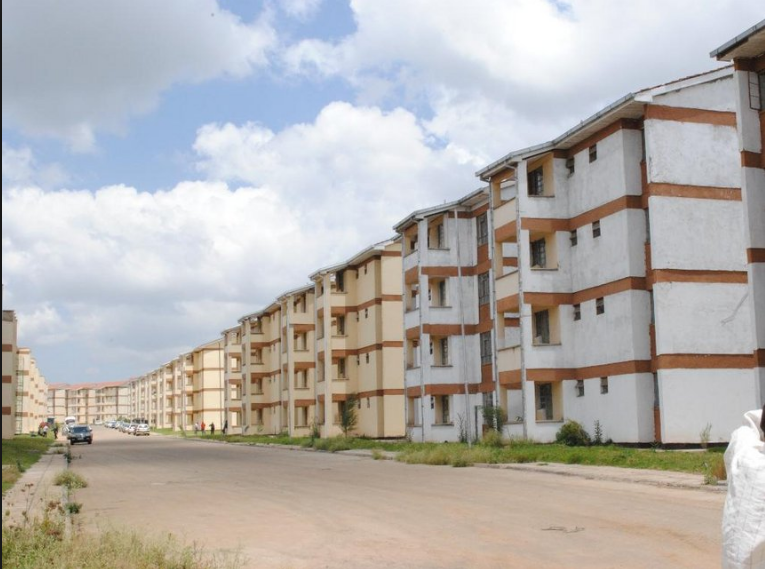The document titled “Incentives for Affordable Housing: Who Benefits?” by Zoravar Singh examines the various incentives that can be utilized to promote the development of affordable housing. It discusses the importance of affordable housing in addressing social equity and economic stability while analyzing the stakeholders who benefit from these incentives.
Context and Importance of Affordable Housing
Affordable housing is a critical issue in many urban areas, where rising property prices and rental costs have made it increasingly difficult for low- and moderate-income families to secure suitable living accommodations. The document emphasizes that affordable housing not only provides shelter but also contributes to community stability, economic growth, and improved quality of life. The need for affordable housing has become even more pronounced in the wake of the COVID-19 pandemic, which has exacerbated existing inequalities.
Types of Incentives
The report identifies several types of incentives that can encourage developers to invest in affordable housing projects:
- Financial Incentives: These include grants, low-interest loans, and tax credits that reduce the financial burden on developers. Programs like the Low-Income Housing Tax Credit (LIHTC) are highlighted as effective tools for incentivizing the construction of affordable units.
- Regulatory Incentives: Changes in zoning laws and regulations can facilitate the development of affordable housing. For instance, allowing higher density or mixed-use developments can make projects more financially viable for developers.
- Streamlined Approval Processes: Simplifying the permitting process can significantly reduce delays and costs associated with developing affordable housing. This includes establishing clear guidelines and timelines for approvals.
- Community Land Trusts: These nonprofit organizations acquire land to create affordable housing options while ensuring long-term affordability through various mechanisms, such as shared equity models.
- Partnerships with Nonprofits: Collaborations between private developers and nonprofit organizations can enhance access to funding and resources while ensuring that projects meet community needs.
Stakeholders Involved
The document outlines the various stakeholders who benefit from affordable housing incentives:
- Developers: By utilizing incentives, developers can reduce their financial risks and improve project feasibility. The potential for tax benefits and increased marketability makes affordable housing projects more attractive.
- Local Governments: Municipalities benefit from increased affordable housing stock, which can enhance community stability and reduce homelessness. Additionally, local governments often receive financial support from state or federal programs tied to affordable housing initiatives.
- Residents: Low- and moderate-income families gain access to safe and stable housing options through these initiatives. Affordable housing helps alleviate financial stress, allowing families to allocate resources toward other essential needs like education and healthcare.
- Communities: Increased affordable housing contributes to diverse, vibrant communities where residents can thrive. It fosters social equity by providing opportunities for all income levels to live in desirable neighborhoods.
Challenges to Implementation
Despite the potential benefits of these incentives, several challenges hinder their effectiveness:
- Funding Limitations: Many programs face budget constraints that limit their ability to provide sufficient support for affordable housing initiatives.
- Community Resistance: There can be opposition from existing residents who fear that new developments may negatively impact property values or neighborhood character.
- Complex Regulations: Navigating the regulatory landscape can be daunting for developers, particularly when multiple agencies are involved in the approval process.
- Market Conditions: Fluctuating real estate markets can affect the viability of affordable housing projects, making it challenging to predict demand accurately.
Recommendations
To enhance the effectiveness of incentives for affordable housing development, the report offers several recommendations:
- Increase Funding for Affordable Housing Programs: Expanding financial resources dedicated to affordable housing initiatives is essential for meeting growing demand.
- Enhance Community Engagement: Involving community members in planning processes can help build support for new developments and address concerns proactively.
- Streamline Regulations: Simplifying zoning laws and approval processes will encourage more developers to pursue affordable housing projects.
- Promote Innovative Housing Models: Encouraging alternative approaches such as co-housing or modular construction can provide additional pathways to increase affordability.
Conclusion
In summary, Zoravar Singh’s document highlights the critical role of incentives in promoting affordable housing development. By understanding who benefits from these incentives—developers, local governments, residents, and communities—stakeholders can work together to create effective strategies that address the pressing need for affordable housing solutions. The recommendations provided aim to overcome existing challenges and enhance collaboration among all parties involved in fostering a more equitable housing landscape.

Further reading:
MRSC – Affordable Housing Techniques and Incentives
